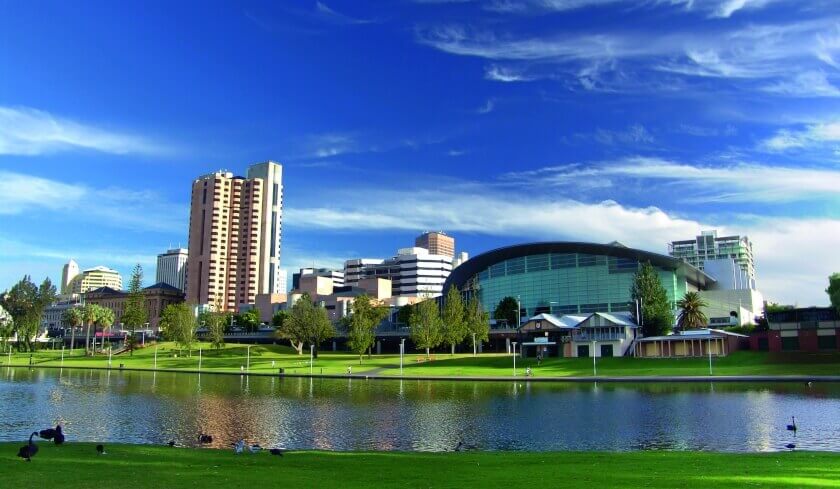Land tax cuts not good enough for SA investments: Expert
Investing in South Australia does not have enough incentive to drive investors to the state, one expert has warned, despite the state government’s decision to cut land tax rates in an attempt to be more competitive with other states. There is potential, however, if the South Australian government takes additional steps to boost its economy.

RiskWise Property Research CEO Doron Peleg said that South Australia lacked the driving factors to compete.
He said that South Australia needs to implement similar initiatives to the NSW government’s commitment to major infrastructure projects in regional NSW and the Queensland government’s initiatives in the southeast of the state.
“In regional NSW, the government’s 20-year vision will unlock the potential of the region, improving the economy, creating jobs, providing infrastructure and services and therefore increasing the population,” Mr Peleg said.
“It all adds up to good news for anyone looking for affordable housing with the long-term goal of solid capital growth.”
He said that there were some major infrastructure projects taking place in South East Queensland.
“And with the improved economy and population growth [in Queensland], this is becoming a popular destination for property investors.
“However, in regional South Australia, the outlook is not quite as positive because we don’t see a strong market, we don’t see increased employment opportunities and we don’t see population growth.”
Mr Peleg said that while some pockets were doing well, this was not occurring statewide.
“And while cuts to land tax rates may offer some improvement, when you consider there are other regions — for example, regional NSW and South East Queensland that will most certainly be a better prospect when it comes to long-term capital growth — it’s difficult to see reason to invest in South Australia.”
Mr Peleg said that from 1 July 2020, South Australia would enjoy a lower marginal tax rate, while the tax-free threshold for land tax would rise from $369,000 to $450,000. Also, the marginal tax rate for the value of land tax ownerships between $1.2 million and $5 million would be reduced from 3.7 per cent to 2.9 per cent.
He said that these changes aimed to help make South Australia more competitive with other states, but they would only be successful if investors were lured in by the prospect of long-term capital growth.
“However, without supporting factors such as jobs, infrastructure and an improving economy, and therefore population growth, it was unlikely to happen and if it did have an impact, it was unlikely to be sustainable.”
Mr Peleg did say that the good news was that the South Australian government has plans to improve the economy.
“Among other moves, there are plans to spend more than $11.3 billion on infrastructure over the next four years, more than $318 million on the workforce, nearly $278 million on industry assistance and more than $858.7 million on roads.”
But the CEO said that it might not be enough.
“In fact, the state has suffered from extremely slow population growth thanks to sluggish overseas immigration and a high rate of people moving away to find employment.
“South Australia is projected to continue its economic and growth improvement; however, this is a slow process and is unlikely to result in significant changes to demand in the short to medium term.”
